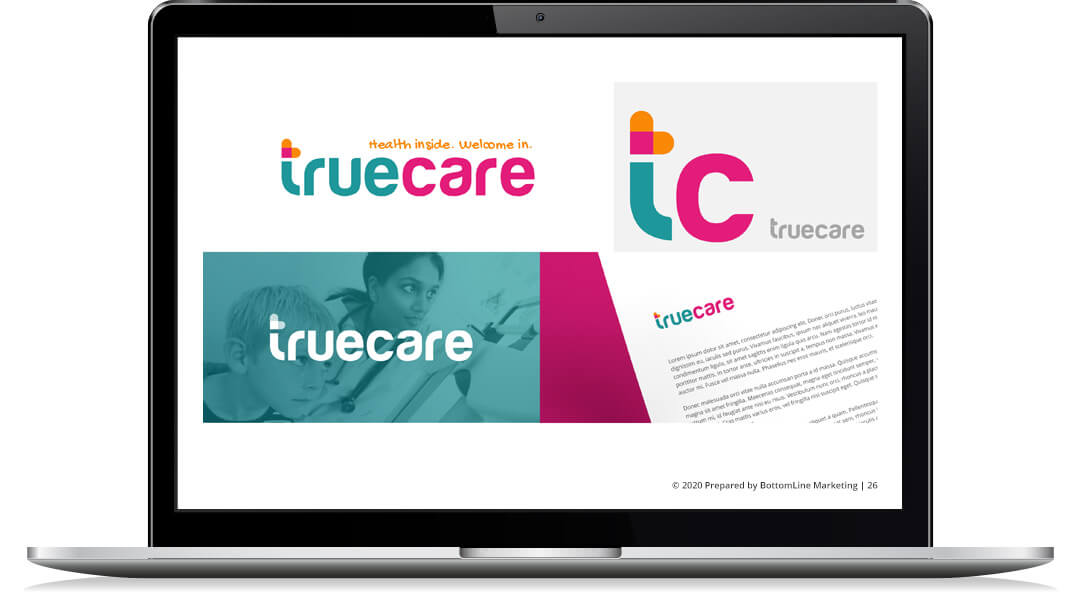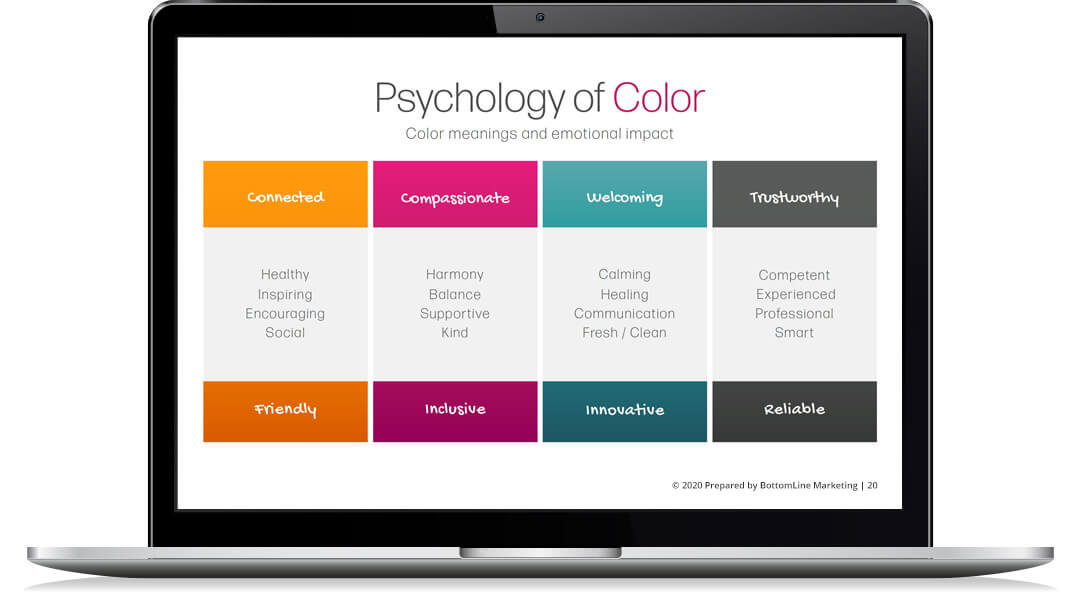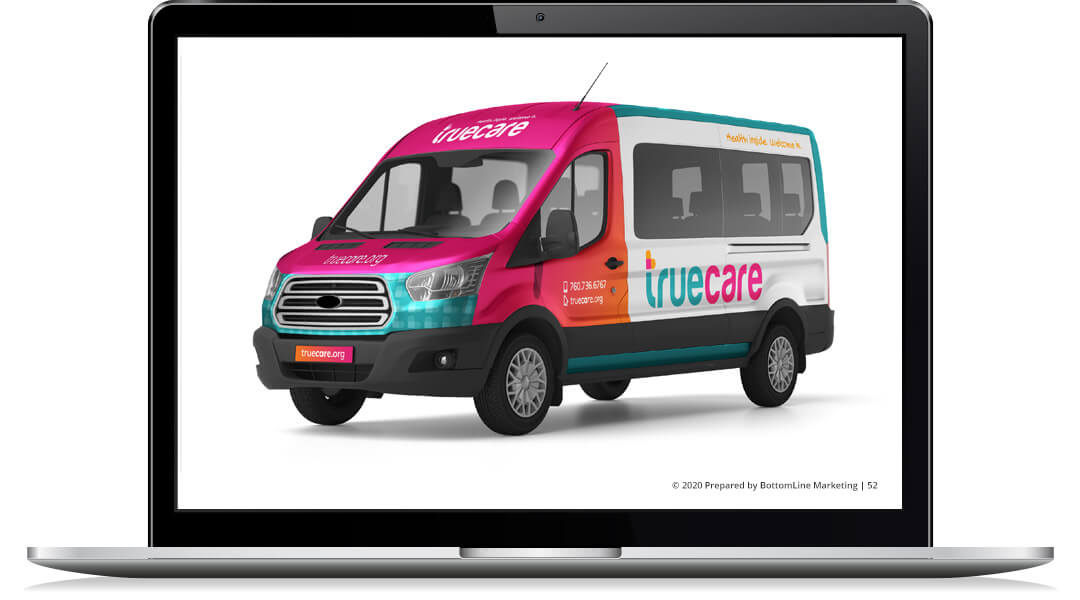When constructing a building, nothing happens until the architectural blueprint gets created. The same holds true when creating a brand, only we call it a “brand brief” rather than a blueprint.
The brand brief provides a critical framework for building and communicating a brand. It requires a thoughtful process of developing your brand strategy, which includes defining your target market segments, differentiating benefits to each segment, reasons to believe (why should a customer believe you can deliver those benefits), and brand personality characteristics to define the brand look and feel and voice.

A brand brief guides the process of expressing your brand in two key areas: creative and copy. Creative is the visual expression of your brand communications – logo, color palette, imagery, iconography, graphics and the full breadth of design. These vital elements play a key role in the emotional reaction people have to your brand.
Copy is the language, voice and tone used to drive the intended attitudes and behaviors of your target audience to create business impact. It provides supporting evidence that your brand is superior to competing brands. Ultimately, a strong brand helps change attitudes and perceptions of your brand.
At BottomLine Marketing, when we work with companies to create a brand identity or rebrand an outdated one, we always start with the brand brief. In fact, we won’t work with a client unless they support the need for this foundational process. It’s that important.
From Strategy to Creative
To ensure your brand strategy gets appropriately translated to your creative resources, the creative team (design and copy) needs to fully understand the intention of each part of the brand brief. On the design side, this means understanding that color and imagery affect people at the subconscious level, and play a key role in the decision-making process.

Different color combinations affect people in different ways, so it’s critical they align with your brand personality. For example, if your brand needs to appeal to young, vibrant consumers, your web site and marketing collateral will need bright colors that evoke a feeling of energy and excitement. If your brand speaks to a more conservative market, such as financial services, it will need more subdued color combinations that project stability and trust. And to reinforce the importance of color, did you notice that virtually every fast food brand (McDonalds, Burger King, Carl’s Jr., In n’ Out, etc.) uses a combination of yellow and red in their logo? This is no accident. Research shows these colors make people hungry!
On the copy side, the style, tone and voice of the writing need to represent your brand personality in a clear and compelling manner, using language that connects with your target audience. This is accomplished through impactful headlines and subheads that speak directly to your customer’s needs and pain points, and differentiating copy that proves your brand offers the best product/service/solution to address them.
As with design, copy needs to speak the language of your target markets. Products or services targeted to younger consumers can adopt a hipper, edgier tone that pushes the envelope. Those that target a more conservative audience need to stay within existing boundaries rather than try to expand them. For example, the copy used in a Red Bull or Mountain Dew ad is very different from the copy used in an ad for Ensure.

When translating brand strategy into words, colors and images that convey who you are and what you do, the ultimate goal is to convince your target audience that you “get” who they are and why they need your product or service to help them. No matter how good your product or service, if your brand doesn’t connect with them on both a rational and emotional level, it’s not likely to have an impact.
For example, imagine IBM or Accenture marketing out of character, with inappropriate language and imagery that speaks to a young, hip audience. If you’re looking for sophisticated business and technology services to manage and grow your organization, your first thought probably isn’t going to be, “Hey, these people understand me!”
Conversely, suppose you’re shopping for a safe family vehicle and Volvo begins showing off their cars – bright red with big yellow flames detailed on the sides – doing donuts in parking lots and touting features such as “zero to 60 in only five seconds” in their TV commercials.
Obviously extreme (and unlikely) examples. But they clearly illustrate the importance of ensuring the creative and overall brand experience used to communicate your brand strategy aligns with your brand personality characteristics as defined in the brand brief.
Read our previous post for a real-life example of how color, tone and voice can have a tremendous impact on a brand and the business.
Designate a Brand Consistency Czar
Okay, so you got the right tone and voice for the copy, and the colors and design elements that catch people’s attention. There’s still one very common mistake that can make it all for naught – lack of consistency in your brand messaging.

For people to trust your brand and what it stands for, every point of contact with your customers must be consistent. This doesn’t mean your web site, blogs, videos, print collateral, and digital advertising must look and sound exactly alike. However, the colors, design and voice at every touch point need to reflect your brand personality in a consistent manner. Otherwise, people get confused about who you are and what you stand for. And once your brand loses clarity, the ability to attract and keep loyal customers goes with it.
The solution is simple. Appoint someone to ensure all marketing and sales materials, and other elements that impact the overall customer experience, have a consistent look, feel and messaging before going out. Typically, the head of marketing takes on this responsibility. But anyone who knows the brand inside and out and understands the principles of design, color and voice can be made responsible. This could even be the CEO. Either way, this person enforces the rule: nothing gets posted, published or promoted unless it aligns with your overall brand strategy.
So remember, when it comes to brand messaging, personality counts. Be creative. Be consistent. And most of all, make sure it reflects your brand strategy!
Need helping turning your brand strategy into a powerful brand voice?
Let the brand gurus at BottomLine Marketing show you how. Call us at (619) 752-2510 or email us and we’ll set up a time to talk.


Recent Comments